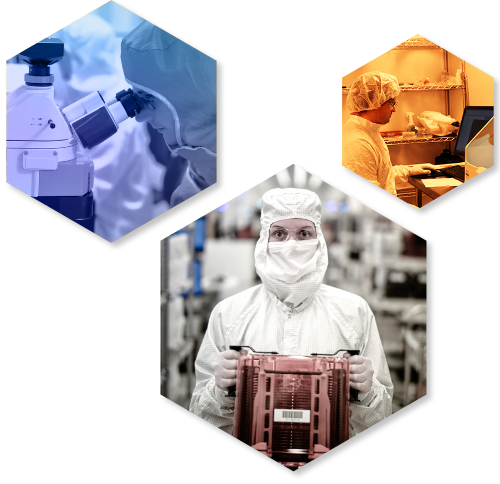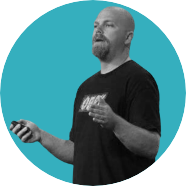LAB2FAB
Workshop 2022
Shedding Light on Innovation
Micro-nanotechnology facilities at Canadian universities are a national asset for helping innovators advance and manage their R&D activities. The LAB2FAB bi-annual meeting provides a platform for industry, academic-based fabrication and characterization centres, and government labs to collaborate in overcoming their R&D challenges.
Our goal is to help all parties build their capacity and expertise to increase Canadian competitiveness in manufacturing of microsystems and nanotechnology innovations through team efforts to:
- Enhance connections among technology developers to maximize benefit from technology offerings throughout the Canadian ecosystem.
- Enhance access to infrastructure inside Canada and exchange value in cross-border partnerships.
- Connect funding opportunities to technology resources and end users.
- To encourage rich exchange among all participants, every speaker session also dedicates time for plenary discussion.
Day 1 - Sunday, September 25
17:00 – 21:00
Registration | Welcome Networking Session
Day 2 - Monday, September 26
07:30 – 08:45
Registration | Networking Breakfast
08:45 – 09:00
Welcome
09:00 – 10:30
Session 1: Lab of the future
- Innovations in the usage and management of nanofabrication labs.
- What noteworthy processing capabilities are emerging in open-access facilities?
- What expertise and services are users looking for in facilities?
- What do success stories teach us about the most promising R&D opportunities that can benefit from laboratory capabilities?

Dominique Drouin
Session Chair

Volker Sorger
President / Co-Founder
Optelligence Company

Philippe Babin
CEO
AEPONYX Inc.

Martin Laforest
Director - Quantum Strategy
ACET
10:30 – 11:00
Networking Break
11:00 – 12:30
Session 2: Bridging discovery to production
- Positioning technology development for commercialization and scale-up.
- Success stories of climbing the TRL ladder, technology transfer, and scale up.

Alan Renaudin
Session Chair

Alissa M. Fitzgerald
Founder & CEO
A.M. Fitzgerald & Associates, LLC
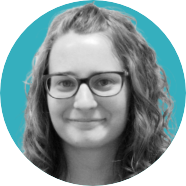
Chiara Alessandri
Luceda Photonics

Collin Twanow
Director, Technology
Teledyne MEMS
12:30 – 13:30
Networking Lunch
13:30 – 14:50
Session 3: R&D Milestones and Future Talent
- Share company vision, technology goals, and R&D milestones.
- What skills are needed in tomorrow’s microsystems workforce?
- Connect with Rising Stars for follow-up networking.

Karin Hinzer
Session Chair

Ben Wiltshire
Modeling & Test Senior Engineer
Zinite

Vallen Rezazadeh
Founder and CEO
TransEON Inc.

Serge Ecoffey
Associate Professor
Université de Sherbrooke
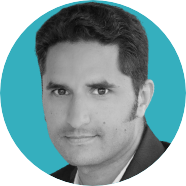
Alan Renaudin
Director, Business Development, Strategic Partnerships and Marketing C2MI

Dominic Marchand
Director Special Projects, Director 1QBit Sherbrooke
1QBit

Clint Landrock
Vice President, Technology & Innovation
Meta Materials Inc.
14:50 – 15:20
Networking Break
15:20 – 16:20
MNT Labs Cataloging and Roadmap Session
16:20 – 18:00
Adjourn
16:30 – 17:30
BOAF: Open-Source HW for Smart Edge connected IoT Sensors
(Diamond Head Room)
Enabling the next generation of edge devices to process data from a rich set of sensors such as MEMS, photonics, image, video, audio, or multi-axial motion/vibration has huge application potential. However, edge processing of data-rich sensors poses the extreme challenge of squeezing the computational requirements of advanced, machine-Iearning-based near-sensor data analysis algorithms within the mW-range power envelope of always-ON battery-powered IoT end-nodes. These computational needs can lead to the need for purpose built controllers with targeted accelerators to process the sensor data locally within very low power budgets. This Birds Of A Feather session will provide an open, interactive discussion to explore the role Open-Source HW IP (cores, sensors, PDK libraries, etc.) can play to address these needs. Topics for discussion will include: 1 – the free and open RISC-V ISA; 2 – Open-Source controller class processor cores implementing the RISC-V ISA; 3 – Permissive Open-Source HW IP Licensing considerations; 4 – Open-Source HW IP quality; and 5 – Ecosystem maturity and Roadmap considerations for Open-Source HW IP.
18:00 – 19:00
Reception
19:00 – 22:00
Dinner
Day 3 - Tuesday, September 27
07:30 – 08:30
Networking Breakfast
08:30 – 09:00
Welcome
09:00 – 10:45
Session 4: Photonic Integrated Circuits – A Flourishing Canadian Ecosystem
- An ecosystem view of the silicon photonics value chain in Canada.
- Examples of advancing photonics developments from concept to product.
- Connect to a network initiative or proposal.
- Understand industry needs in business and process capability.

Mirwais Aktary
Session Chair

Lukas Chrostowski
Professor of Electrical and Computer Engineering, University of British Columbia

Alireza Loghmany
Engineering Team Leader
National Research Council Canada
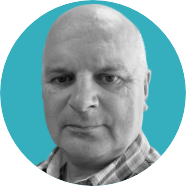
David Buckley
VP, Development Engineering
Sanmina

Hamid Arabzadeh
Chairman and CEO
Ranovus Inc.
10:45 – 11:15
Networking Break
11:15 – 12:15
Session 5: Taking the Next Steps Together
- What megatrends that will shape the next 10 years? Where should R&D efforts focus?
- What have the last two years taught us about the possibilities of a better normal?
- What actions should be taken after this workshop to pursue specific opportunities?
- And more…

Lukas Chrostowski
Session Chair

Gord Harling
CEO
CMC Microsystems

Alissa M. Fitzgerald
Founder & CEO
A.M. Fitzgerald & Associates, LLC

Philippe Babin
CEO
AEPONYX Inc.

Gem Shoute
Co-founder & CEO
Zinite
12:15 – 12:30
Adjourn workshop
12:30 – 13:30
Networking Lunch
Who Benefits from LAB2FAB?
- Academic-based fabrication and characterization centres
- Government laboratories
- Manufacturers and supply chain
- Technology developers
- Company builders
- Stakeholders in collaborative innovation
